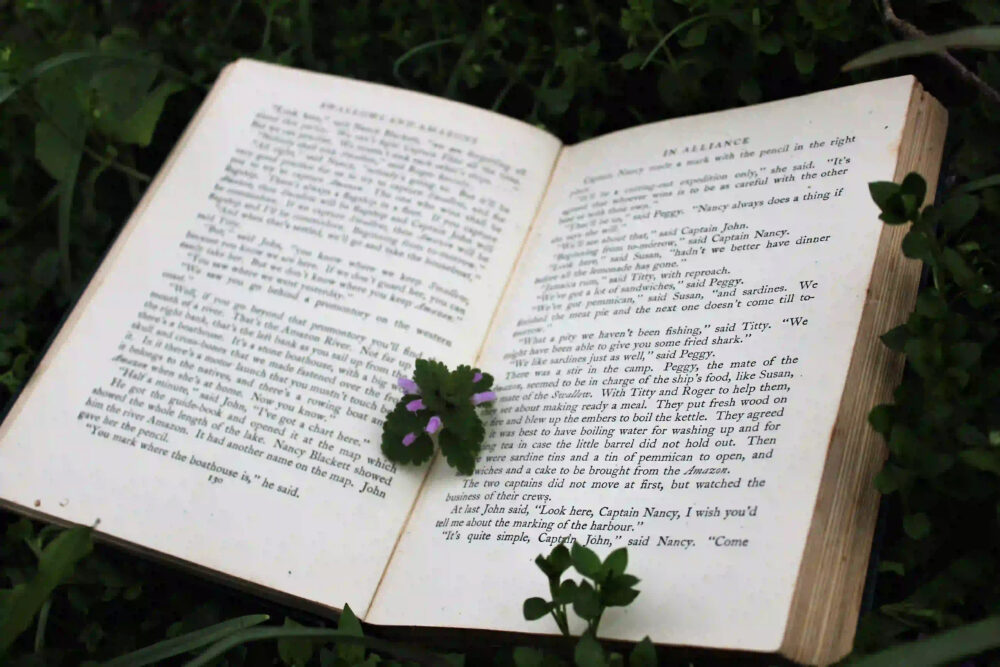Magical realism, a literary genre that blurs the boundaries between reality and fantasy, has had a profound impact on Latin American literature. With its unique blend of magical elements and everyday experiences, magical realism has become a defining characteristic of many Latin American literary works. In this blog post, we will explore the origins of magical realism, its key features, and its influence on Latin American literature.
Origins of Magical Realism
Magical realism emerged in Latin America during the mid-20th century, primarily as a response to the social and political upheavals of the time. It was a way for writers to express the complexities of their reality through a fusion of the real and the magical. One of the earliest examples of magical realism can be traced back to the works of the Cuban writer Alejo Carpentier, who coined the term “lo real maravilloso” (the marvelous real) to describe this unique literary style.
Key Features of Magical Realism
Magical realism is characterized by the coexistence of the ordinary and the extraordinary. It seamlessly integrates magical or fantastical elements into an otherwise realistic narrative, creating a sense of wonder and enchantment. Here are some key features of magical realism:
Multiple Realities: Magical realism challenges the notion of a single objective reality by presenting multiple layers of reality. It blurs the boundaries between the physical and the metaphysical, the rational and the irrational.
Magical Elements: Magical realism introduces magical or fantastical elements into everyday situations. These elements often serve as metaphors or symbols, enriching the narrative and offering deeper insights into the human experience.
Everyday Life: Magical realism is rooted in the ordinary. It portrays the daily lives of ordinary people, often in rural or marginalized settings, while infusing them with a touch of the extraordinary.
Sensory Detail: Magical realism relies on vivid sensory descriptions to create a rich and immersive reading experience. It engages all the senses, transporting the reader into a world where the magical and the real are intertwined.
Influence on Latin American Literature
Magical realism has had a profound influence on Latin American literature, shaping the region’s literary landscape and influencing writers around the world. Here are some ways in which magical realism has impacted Latin American literature:
Cultural Identity: Magical realism has become closely associated with Latin American culture and identity. It captures the essence of the region’s rich folklore, traditions, and indigenous beliefs, giving voice to marginalized communities and preserving their cultural heritage.
Political Allegory: Many Latin American writers have used magical realism as a tool for political allegory. By blending the real and the magical, they were able to critique social and political issues, challenge oppressive regimes, and highlight the struggles of the marginalized.
Global Recognition: The success of Latin American authors such as Gabriel Garcia Marquez, Isabel Allende, and Jorge Luis Borges, who incorporated magical realism into their works, brought global attention to Latin American literature. Magical realism became synonymous with Latin American literary excellence.
Literary Innovation: Magical realism opened up new possibilities for literary experimentation. It encouraged writers to push the boundaries of traditional storytelling, to explore new narrative structures, and to challenge conventional notions of reality and truth.
In conclusion, magical realism has had a profound and lasting impact on Latin American literature. Its unique blend of the real and the magical has allowed writers to explore the complexities of their reality, express their cultural identity, and challenge societal norms. As Latin American literature continues to evolve, the influence of magical realism remains a powerful and enduring force.
